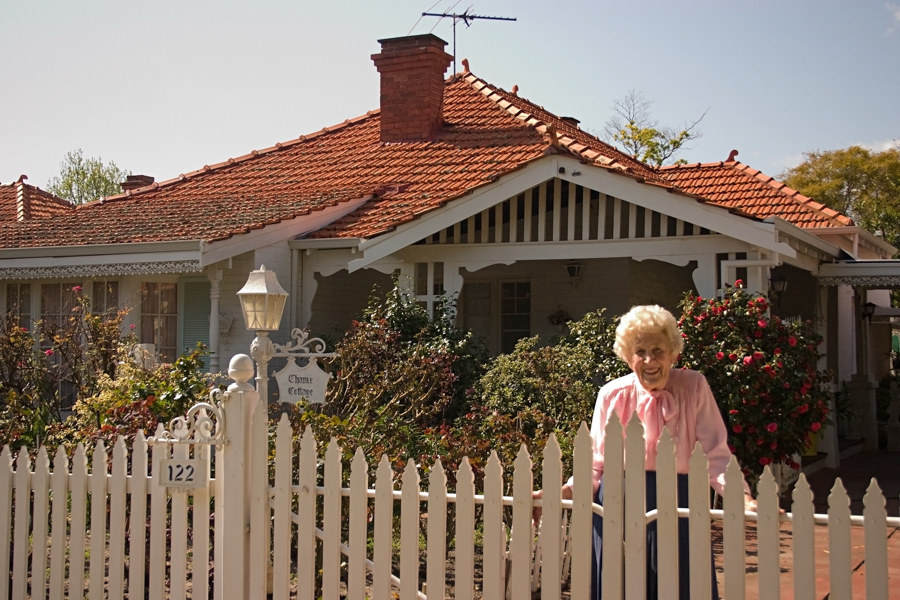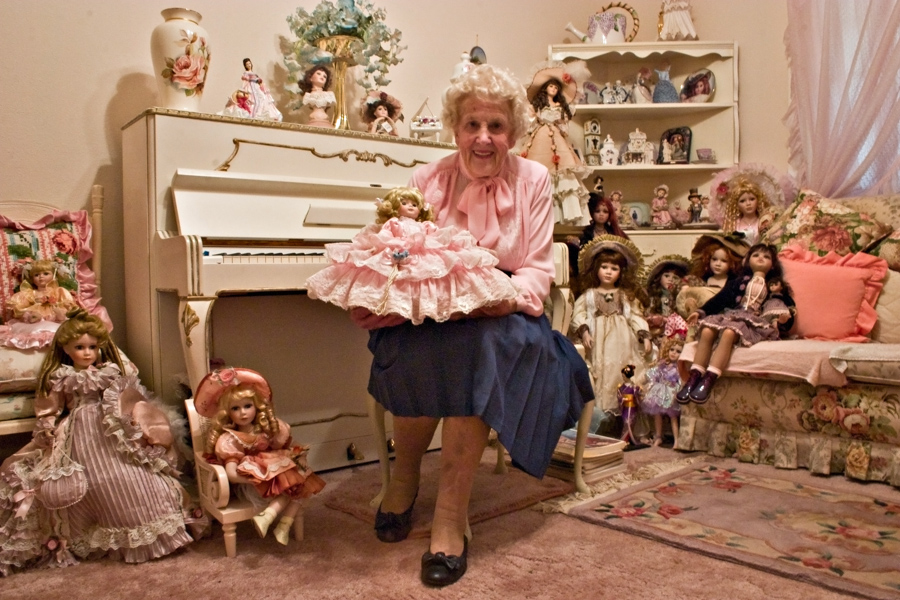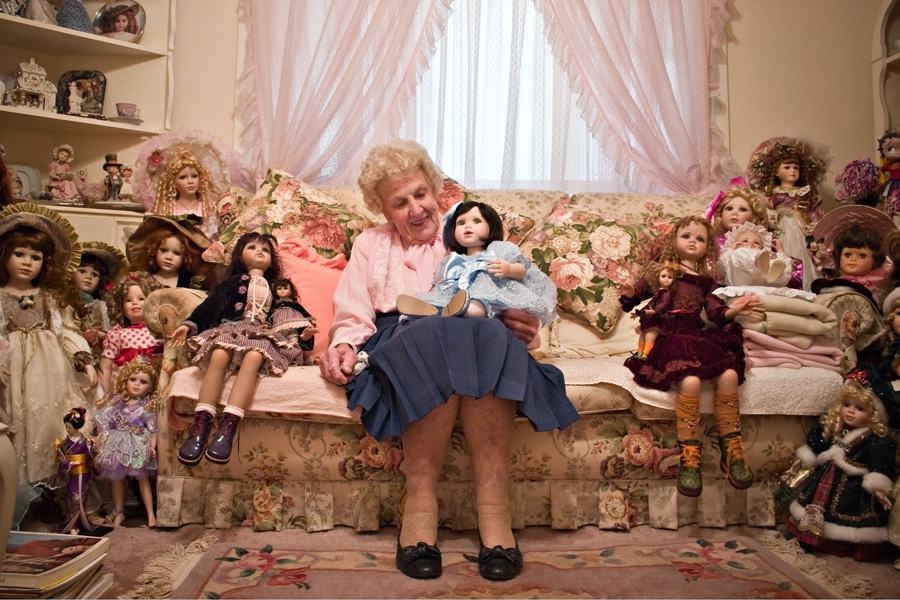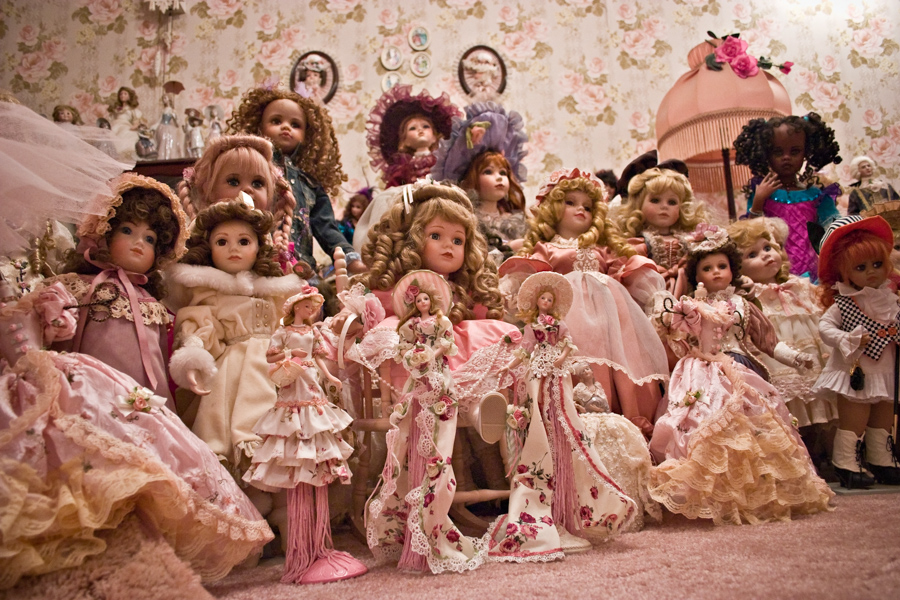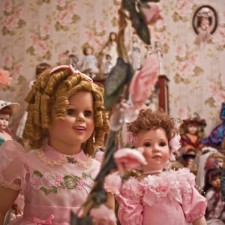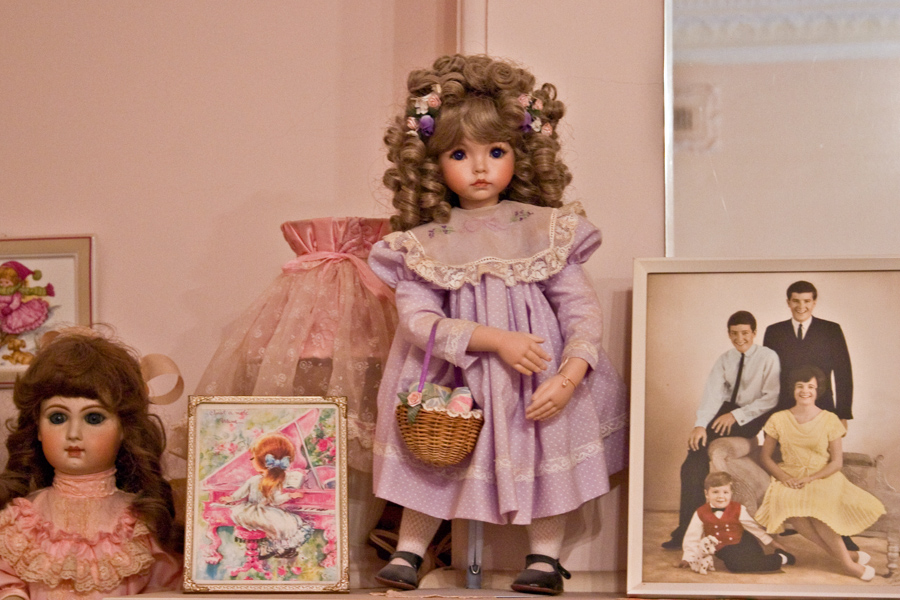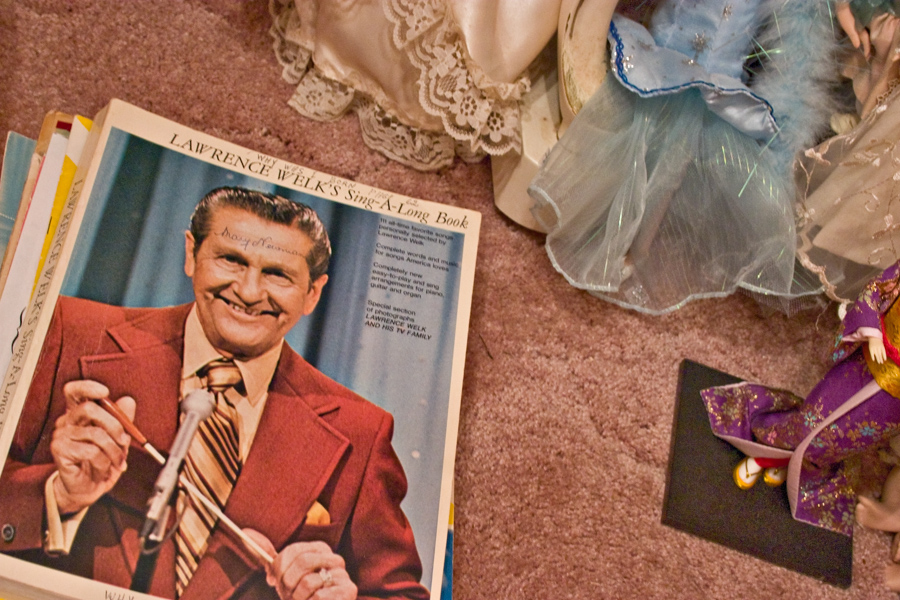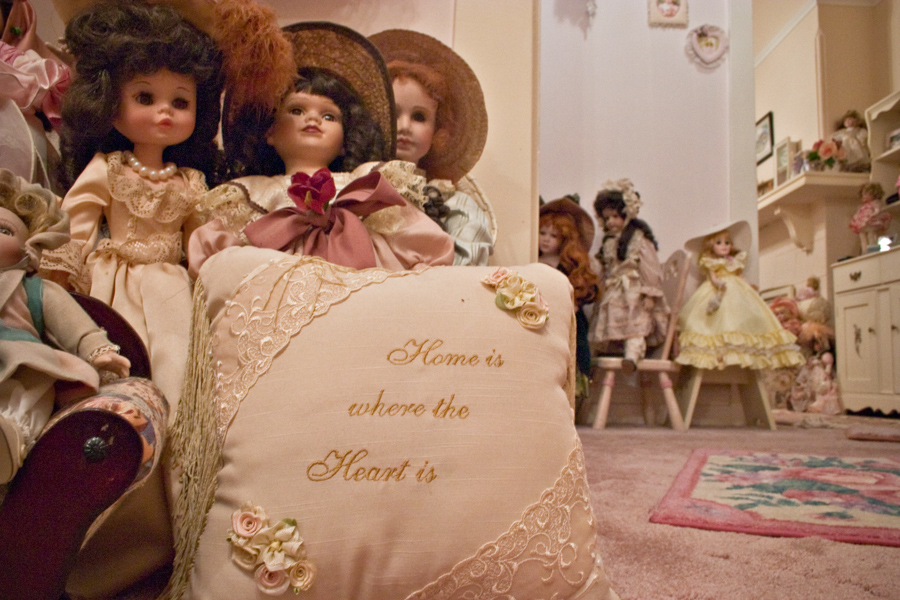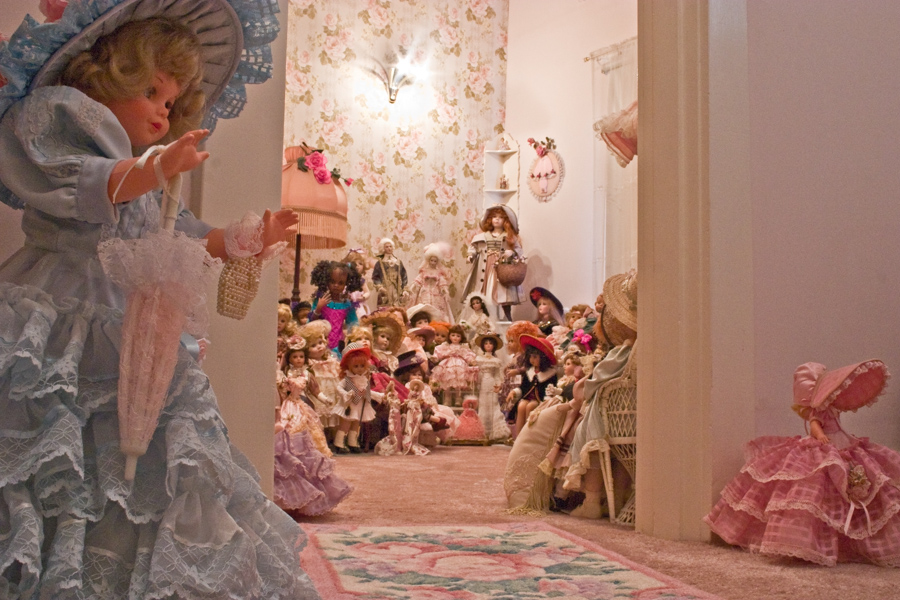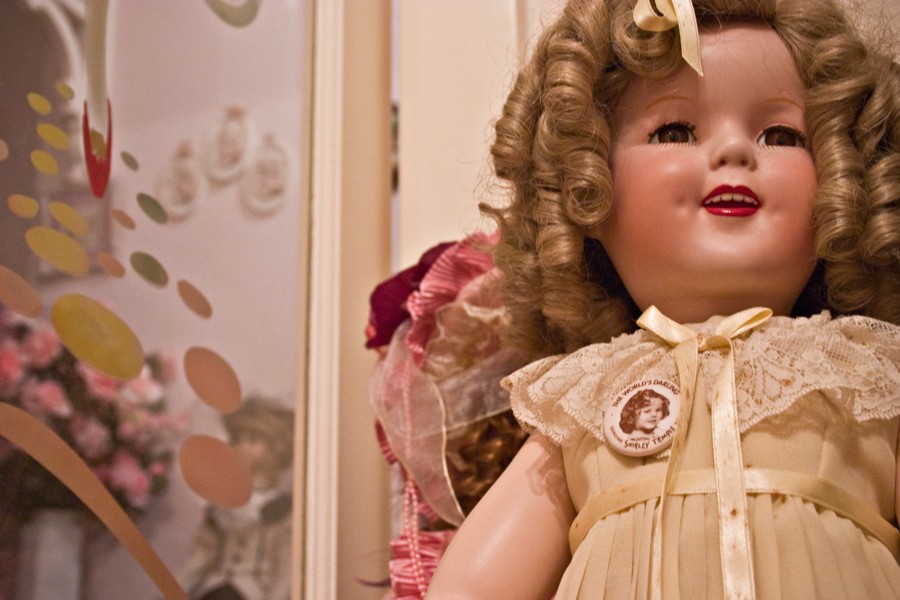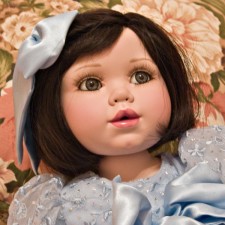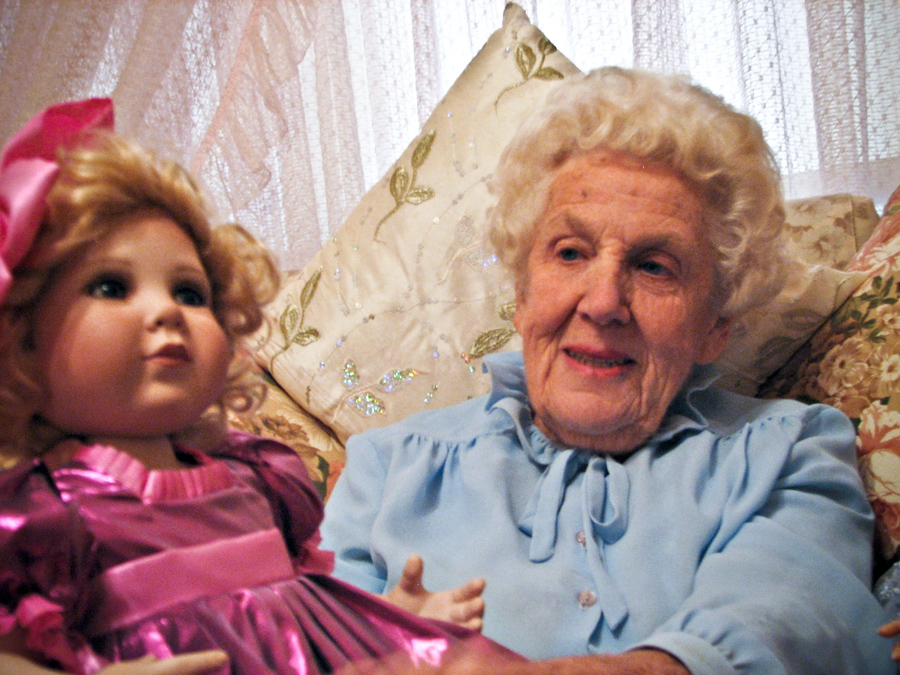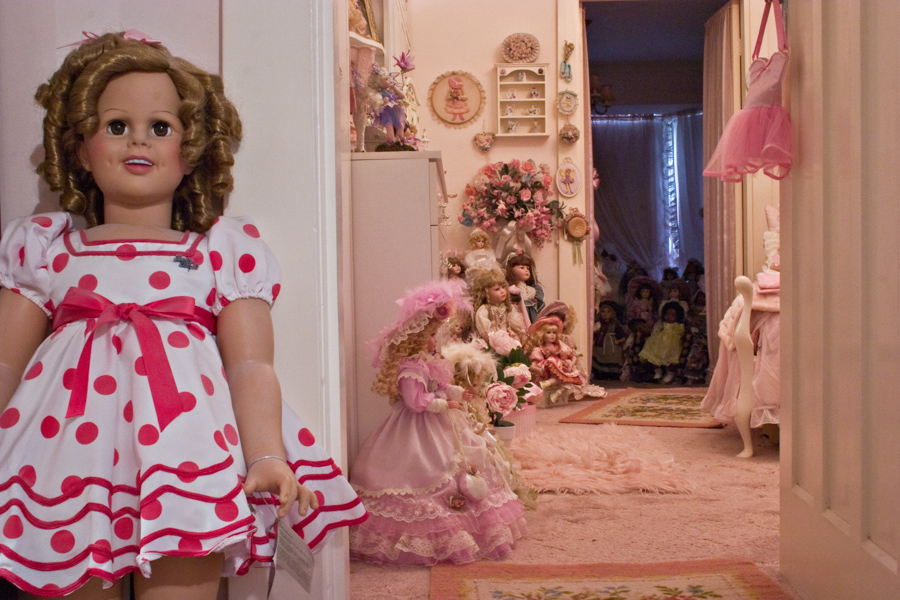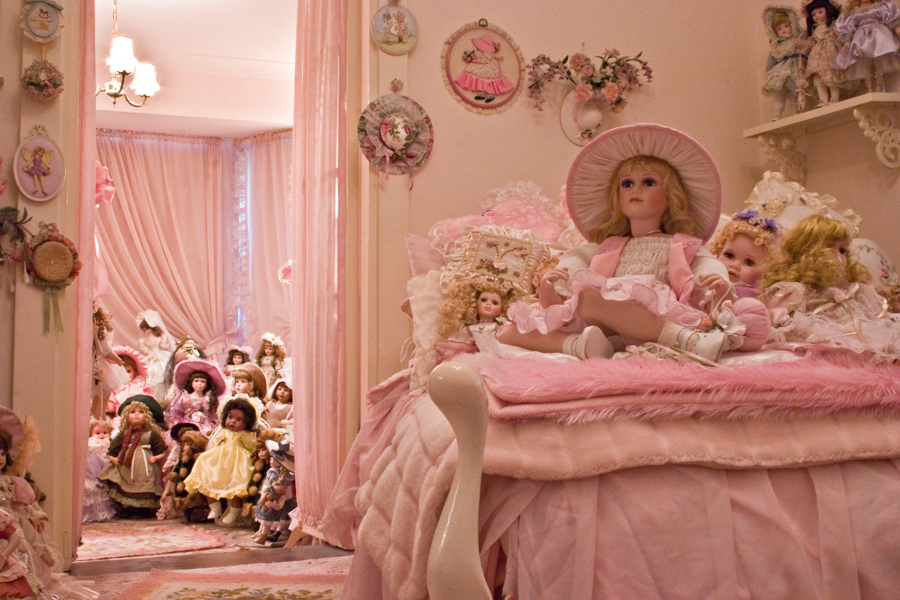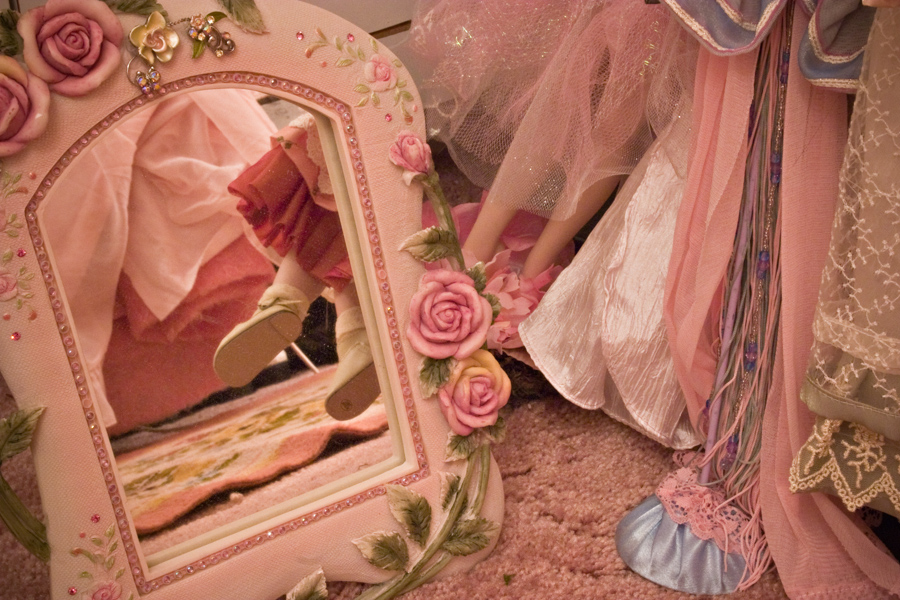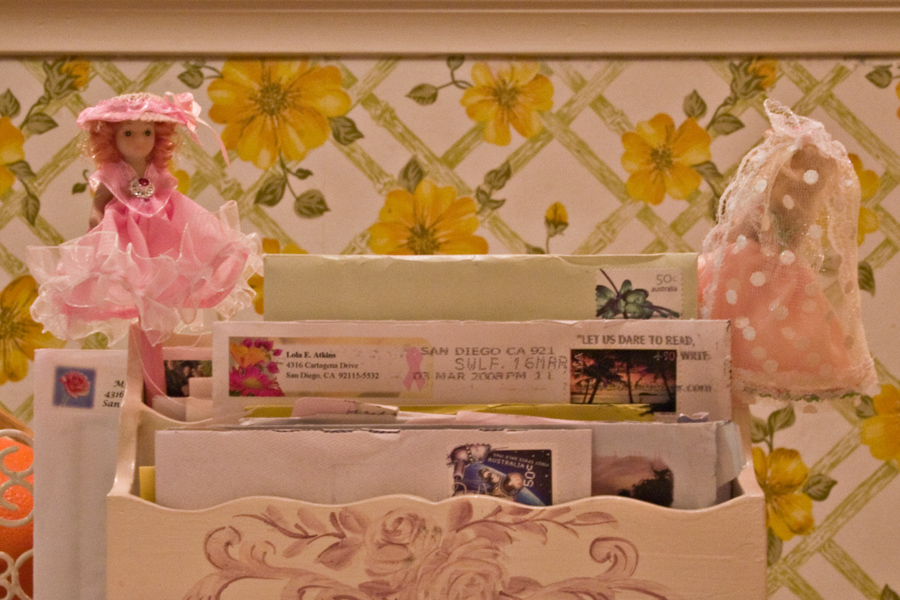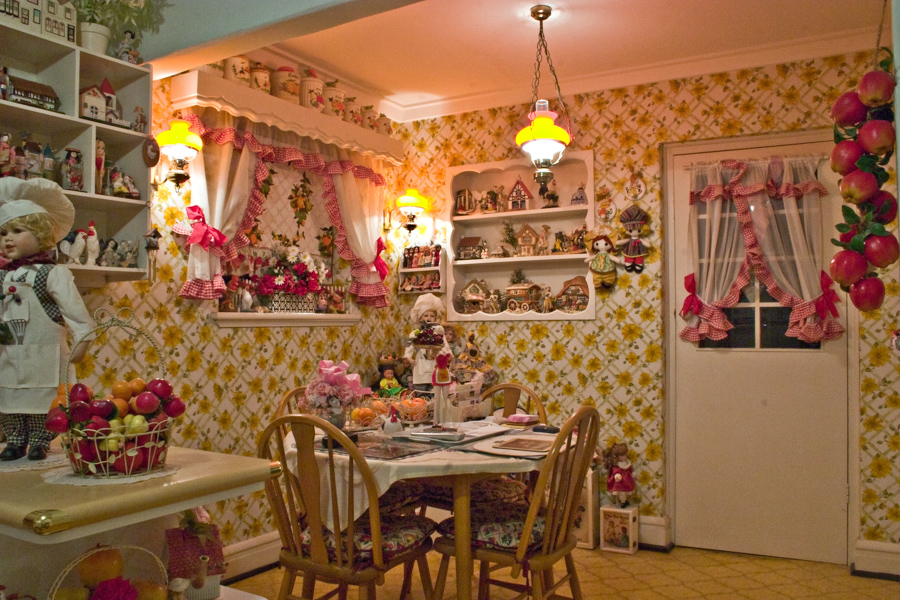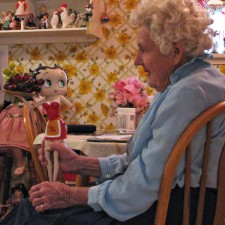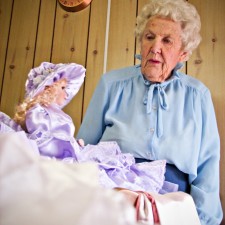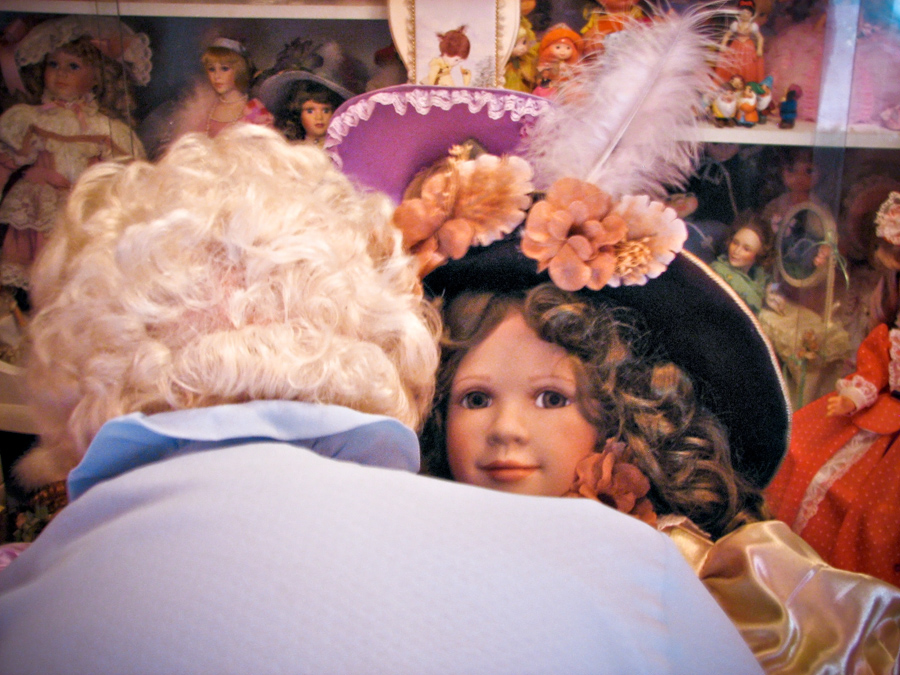Anja Humljan is a freelance architect widening the borders of architecture by allowing her projects to flow freely into the field of photography, design, video art and performance. Her interest in interdisciplinary and multimedia approach to architecture took her all around the globe. In Slovenia she studied architecture, in Denmark digital design, in Australia photo-media, video art and sound recording. Moreover, she pursued projects in New York, Madrid and Paris and is also known as a radio presenter, voice actor and yoga teacher.
As a student she exhibited at Venice Architecture Biennial, together with her Danish colleagues. At that time she started to develop her own view of space and created a laboratory for experimental architecture called Space Potential. Since then she has explored various tools, media and invented unique methods, which help her spread the idea that architectural space is much more than just geometry and function and spans further away from what we can see and measure.
As an architect, who is also a devoted dancer and yoga teacher, she thinks just like in yoga and dance, where your body becomes your special place, our living environment also has a potential to become a special place of self-reflection and self-realization. Not only a space to commute from point A to point B, or a space where you lay your bones after a long day, but a place that lights up your imagination, brings up memories, tells stories and nests your dreams. Anja Humljan is discussing and conveying this idea throughout her projects, using various medium and photography being one of them. In her documentary photography she portrays people whose lives blur the confines between their inner and outer worlds. She is interested in individuals that follow their unique callings, passions and fate that results in what she calls an inner life being vividly poured into their living environment. An environment, which they turn from a mere space, to their own place of self-reflection and self-realization.
In a quest for such stories she travelled to Buddhist monastery in the bush-land in the hills of Australia to document nun’s renunciation of worldly life. She also captured a life of Lady Mary, a life-long collector of porcelain dolls and who later became her dear friend. We chose to feature the Lady Mary series in our magazine and this is what she told us about the project: “I was riding my bike home as I passed by an older lady crocked under the weight of her grocery bags. I kept on peddling, but I could not stop thinking that she might appreciate my help. So, I went back and got to know this lovely story.”
Anja Humljan’s current occupation is an experimental research called The Urban Yoga. The first thing she tells people when they ask her about The Urban Yoga is “This is not yoga!” As an architect and yoga teacher she believes contemporary cities will remain only if we designed spaces that aim towards achieving a balance of sensory information: places, where what we see is in balance with what we smell, touch, taste and hear. Just like in yoga, where our body becomes our special place, the urban environment also has a potential to become a place of self-reflection and self-realization. A place, where you feel good. A place that lights up your imagination, brings up memories, tells stories and nests your dreams. Considering this, she believes architecture is ripe for rebirth. The project consists of The Urban Yoga photo series, taken in New York, Madrid, Paris and Ljubljana. By portraying human body stretched over various urban elements, she calls for an exploration of urban environments through our skin, muscles and bones. What is more, with The Urban Yoga photo series she encourages urban citizens to reclaim back their city!
Anja Humljan is currently based in Europe, conquering new cities with The Urban Yoga photo series and developing The Urban Yoga’s engaging method for analysing and designing space. The method is based on subconscious sensory experience (information we get from smell, touch, sight, taste and hearing), which is our first way of communicating with the world. We learn it before the verbal language and has the biggest influence on how we feel in certain environment at certain time. She believes subconscious sensory experience should be integrated with every general spatial analysis to come. [Official Website]



